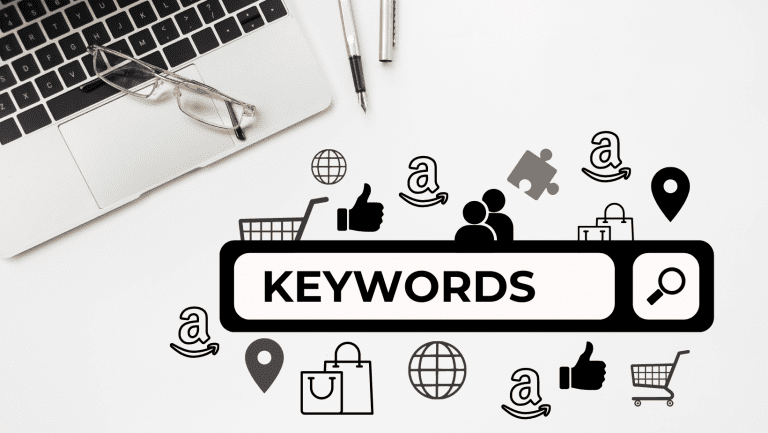- Net Revenue – total revenue minus returns and discounts.
- EBITDA – earnings before interest, taxes, depreciation, and amortization – is a measure of a company’s overall financial performance and is used as an alternative to net income in some circumstances.
- Intellectual Property – intangible property that is the result of creativity, such as patents, copyrights, etc.
An offer can and will most likely change from buyer to buyer, as it depends on their internal investment mandate, risk appetite, and especially on the synergies that the acquirer expects to create between the newly acquired asset and their existing portfolio.
Broadly speaking, over the last 24 months there have been companies on the market with multiples from 2X to 8X upwards. The latter can only be achieved if you have very significant intellectual property, own patents to your product, and have a very deep defensive moat around your brand. Even though the whole range is far wider; the most common valuation multiples on the actual completed transactions tend to hover around the 3.5X to 4.5X range. As a rule of thumb, the factors that contribute positively to your brand’s valuation are: high EBITDA margin, IP, low volatility of earnings, low dependence on out of platform driven paid traffic.
On the other hand, seasonality, complicated supply chains, products susceptible to legal issues, highly regulated markets, low margins and zero to negative growth prospects will apply a downward pressure on the perceived value of the brand.
Usually, the sellable inventory is transacted separately from the main business. In parallel to traditional M&A transactions in other industries, the comparables method is used in this space, where the acquirer bases their target price based on past deals, so similar businesses tend to attract comparable offers.
The type of exit is also a very relevant factor for the multiple you can expect. This could either be a full cash-out deal or a cash offer and an additional earnout after a given period and contingent on the underlying brand’s performance.
Going for the latter means that the seller can both receive a significant cash amount and still benefit from the future performance of your brand, even though they are not present in the business’s current operations. In this specific case, the type of the buyer becomes much more important for the seller: a pure financial player that’s purely harnessing the EBITDA already generated by your brand will not translate into the same return profile that a strategic operational buyer might provide you, as they are more likely to continue growing the brand and cutting costs due to economies of scale. This will therefore provide a bigger stability payment.
In addition, to these types of deals, the buyer might also be open to alternative deal structures like investing in an equity stake of your business, non-controlling or minority interest investments, or even a royalty model. Independently of the chosen procedure, the arrived valuation will reflect the risk posed to the buyer.
The key takeaway is that every business and every transaction is truly unique and they each have very specific insights. This means that there is no truly objective valuation for any given business and that the multiple is ultimately a function of many different variables.




